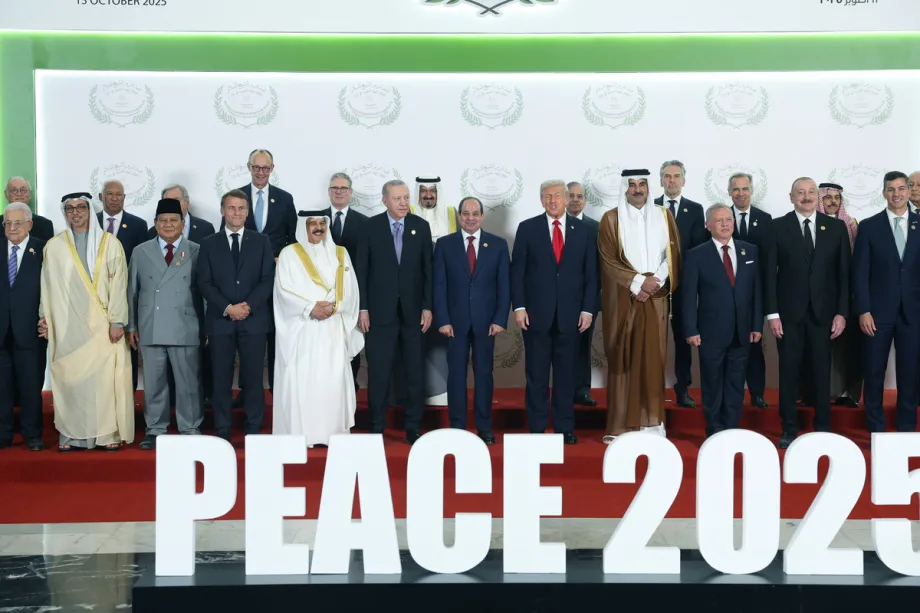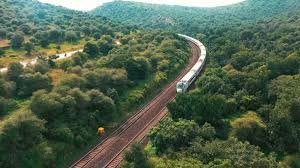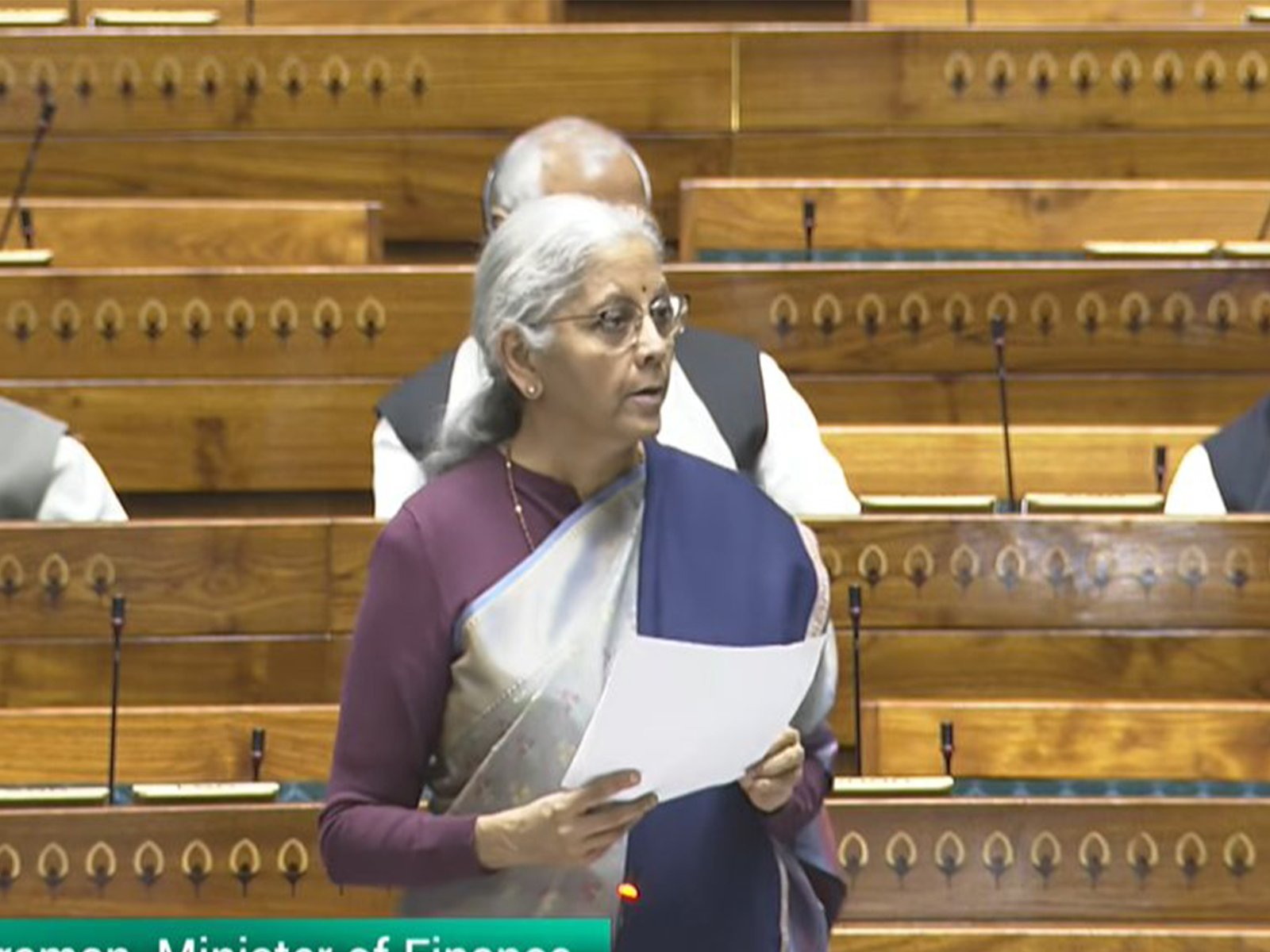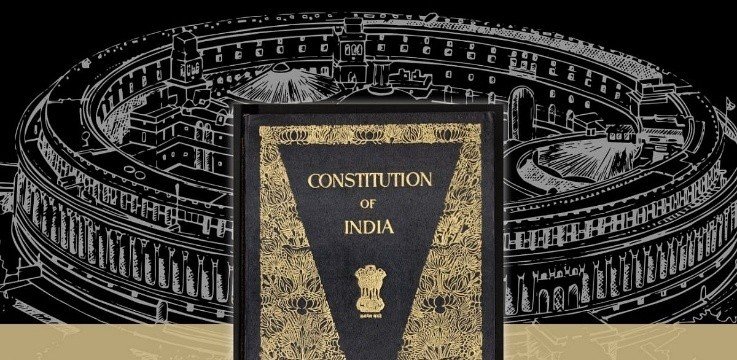Why in the News?
- Sharm El-Sheikh, the Red Sea resort city in Egypt, is once again in the global spotlight as it hosts a high-stakes peace summit aimed at ending the two-year-long Gaza conflict.
- The summit follows a major breakthrough: the release of Israeli hostages and Palestinian detainees.
- However, despite this symbolic progress, critical questions remain about Gaza’s post-war governance, reconstruction, and the broader Israeli-Palestinian conflict.
Geopolitical Significance of Sharm El-Sheikh
- Located at the southern tip of the Sinai Peninsula, overlooking the Straits of Tiran and the Gulf of Aqaba, Sharm El-Sheikh holds strategic maritime importance.
- Historically, it served as a naval base and was a contested site during the Suez Crisis (1956) and the Six-Day War (1967).
- It remained under Israeli control until 1982, when it was returned to Egypt.
- In 1982, President Hosni Mubarak declared it the “City of Peace”, transforming it into a hub for diplomacy and tourism.
A Hub for International Diplomacy
Sharm El-Sheikh’s thriving hospitality industry and secure location have made it a preferred venue for high-profile global summits. Notable events include:
| Year | Event | Key Outcomes |
| 1999 | Sharm el-Sheikh Memorandum | Reaffirmed Oslo Accords; agreed on Palestinian self-governance in Gaza and prisoner release |
| 2000 | Emergency Summit (Second Intifada) | Called for an end to violence; led to the Mitchell Report. |
| 2005 | Sharm el-Sheikh Summit | Ceasefire agreement between Israel and PNA (Palestinian National Authority); roadmap for peace reaffirmed. |
| 2006, 2008, 2014 | World Economic Forum (MENA) | Discussed peace, tech investment, climate action, and regional stability |
| 2019 | First EU-Arab League Summit | Focused on migration, security, and Middle East conflicts (Yemen, Syria, Libya) |
| 2022 | COP27 | Established Loss and Damage Fund for climate-vulnerable nations (though implementation remains weak) |
The 2025 Peace Plan: Promise or Performance?
The 2025 peace plan, led by US President Donald Trump, began with a symbolic breakthrough: the exchange of hostages and detainees between Israel and Hamas. While this marked a moment of relief, it was only the first step in a much larger and more complex roadmap.
What the Plan Includes: Trump’s 20-point peace plan outlines several ambitious goals:
- Disarming Hamas to eliminate militant threats.
- Guaranteeing security for Gaza through international stabilisation forces
- Rebuilding Gaza’s infrastructure, which has been devastated by years of conflict.
- Providing humanitarian aid and rehabilitating displaced populations.
- Establishing a new governance model for Gaza, excluding both Hamas and the Palestinian Authority.
However, many of these goals remain unaddressed or unclear.
Challenges and Way Forward
| Challenges | Way Forward |
| No clear commitment to Palestinian statehood: The plan vaguely references it but offers no concrete steps. | Include explicit timelines and mechanisms for Palestinian statehood recognition and participation in governance decisions. |
| Palestinian exclusion from negotiations: Palestinians were not involved in drafting the plan, raising questions about its legitimacy. | Ensure Palestinian representatives are included in ongoing discussions to provide legitimacy and build trust. |
| Uncertain governance: With Hamas and the Palestinian Authority sidelined, it’s unclear who will govern Gaza. | Establish a credible interim administrative framework with international oversight until local governance structures are agreed upon. |
| No disarmament agreement: Hamas has not agreed to disarm, which is essential for international forces to enter Gaza. | Secure a phased disarmament plan for Hamas, coupled with incentives and guarantees for compliance. |
| Risk of Reversal: Experts warn the ceasefire could be temporary; Netanyahu or other parties may withdraw support, and Trump’s personal interest may become weak, especially after not receiving the Nobel Peace Prize. | Strengthen international guarantees, monitoring mechanisms, and multilateral commitments to enforce and sustain the peace plan. |
Global Stakes and Strategic Leverage
- Trump’s Leverage Over Netanyahu: Trump has exercised rare influence over Israeli Prime Minister Netanyahu, halting airstrikes, enforcing diplomatic apologies, and pushing hostage deals, giving the US a strong hand in shaping the peace process.
- Netanyahu’s Domestic Calculations: A permanent ceasefire could expose Netanyahu to domestic scrutiny over past security failures and corruption charges. The ongoing conflict serves as a political shield, making him less invested in lasting peace.
- Arab and Muslim Nations’ Hesitation: Stabilisation forces from Arab and Muslim countries are part of the peace plan, but their involvement hinges on Hamas agreeing to disarm.
Conclusion
Sharm El-Sheikh remains a key venue for diplomacy, symbolizing hope for peace in the Israel-Palestine conflict. However, without clear solutions for governance, reconstruction, and Palestinian inclusion, the 2025 summit risks being symbolic rather than transformative. The world watches, hoping the “City of Peace” can deliver lasting stability.
| Ensure IAS Mains Question Q. The 2025 Sharm El-Sheikh peace summit is being seen as a milestone in the Israel-Palestine conflict. Critically examine the factors that could determine whether it leads to a durable resolution or remains a symbolic exercise. (250 words) |
| Ensure IAS Prelims Question Q. Consider the following statements about Sharm El-Sheikh: 1. It is located at the southern tip of the Sinai Peninsula. 2. It overlooks the Straits of Tiran and the Gulf of Aqaba. 3. It provides strategic maritime access to Israel’s Red Sea ports. Which of the statements given above is/are correct? a) 1 and 2 only b) 2 and 3 only c) 1 and 3 only d) 1, 2 and 3 Answer: d) 1, 2 and 3 Explanation: Statement 1 is correct: Sharm El-Sheikh is situated at the southern tip of the Sinai Peninsula, making it geographically significant in the region. Statement 2 is correct: The city overlooks the Straits of Tiran (a narrow passage connecting the Red Sea to the Gulf of Aqaba) and the Gulf of Aqaba itself. Control over this area allows monitoring and regulation of maritime traffic. Statement 3 is correct: Its location gives it strategic control over maritime access to Israel’s Red Sea ports. |





